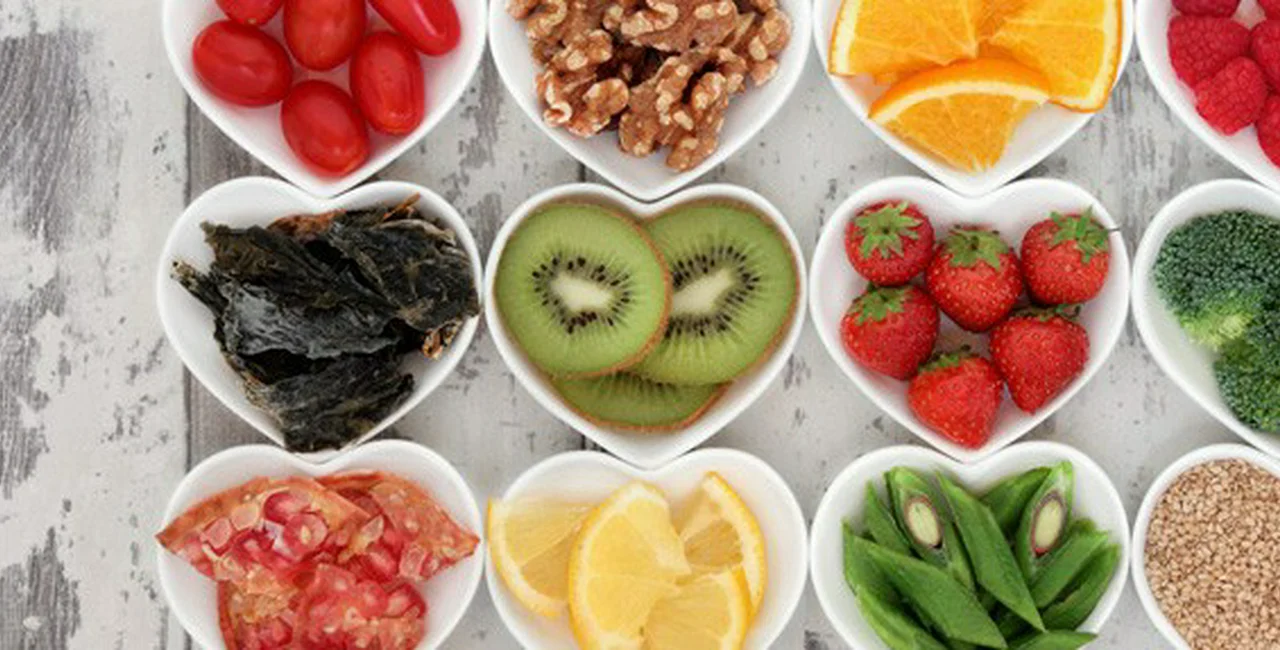Pre-Christmas holiday rituals found cookes preparing baked goods made of such tidbits as nuts, spices and dried fruits in the Middle Ages. With the celebration that became the basis of our western Christmas holiday traditions, Lebkuchen became the first traditional Christmas cookie. According to the following excerpt from McCall’s magazine:


